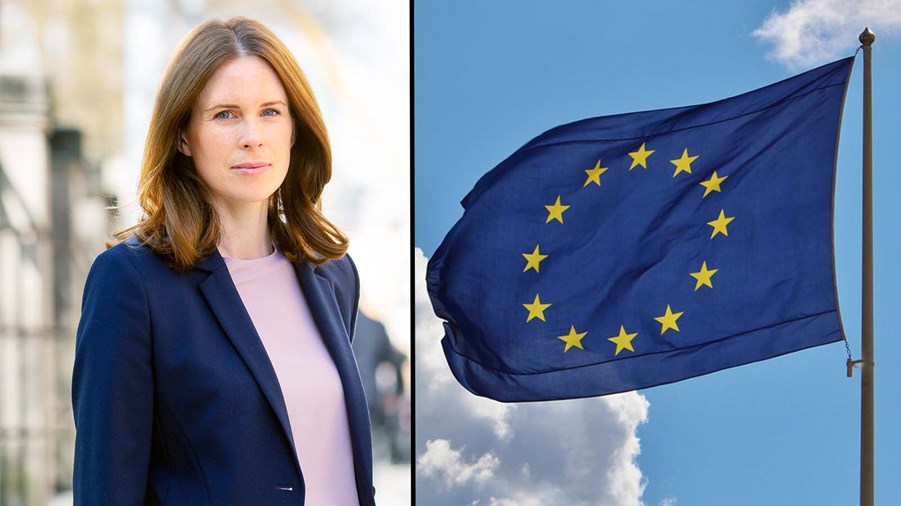
Today, the EU ministers for agriculture have taken a stance on the new EU Forest Strategy. They send a clear message to the Commission to take a more balanced approach to forests.
The new EU Forest Strategy for 2030 is an important document. Although non-binding it sets the trajectory for how the EU approaches forestry for years to come. That is why it needs to apply a holistic perspective on the benefits provided by active forestry and the circular bioeconomy.
In the adopted Conclusions on the new Forest Strategy, the Council now tells the Commission to consider the social and economic contribution of forests. The forest benefits both the climate and the economy, as these two go hand in hand. Forest-based products sequester carbon and replace fossil alternatives. The Council is very clear on this point: both long lived and short-lived products are needed to reach the EU climate goals.
Why do the same work twice?
Much of what the Commission is proposing in the Forest Strategy is already in place. Everything from mapping and monitoring to strategic planning is being done nationally. For this reason, the Council invites the Commission to demonstrate the added value to new legislation in these matters. Similarly, there are well-functioning methods for collecting data on forests in the EU. If new definitions and measures are to be made, the Council states it should be done in close cooperation with the member states. Emma Berglund, Forest Director at the Swedish Forest Industries Federation, finds the demand reasonable:
– The Commission should not create parallel structures and propose new legislation to the work Forest Europe and the member states already do well. We should build on and develop this work.
The member states want to be included
A general criticism from the Council concerns democracy. The member states have not been included in the process to a sufficient degree, which is worrisome because forest management is primarily a member state competency. Forests in the EU are very different and should be managed as such. There are significant differences in climate, law, ownership structure and how forests are viewed historically and culturally. Emma Berglund worries that the member-state perspective is seldom considered:
– There is no one-size-fits-all way to manage forests in the EU. The Council is correct in making this point clear. There are, of course, great benefits of countries working together toward shared goals, not least to save the climate. But to save it, good intentions need to be accompanied by wise policy.

